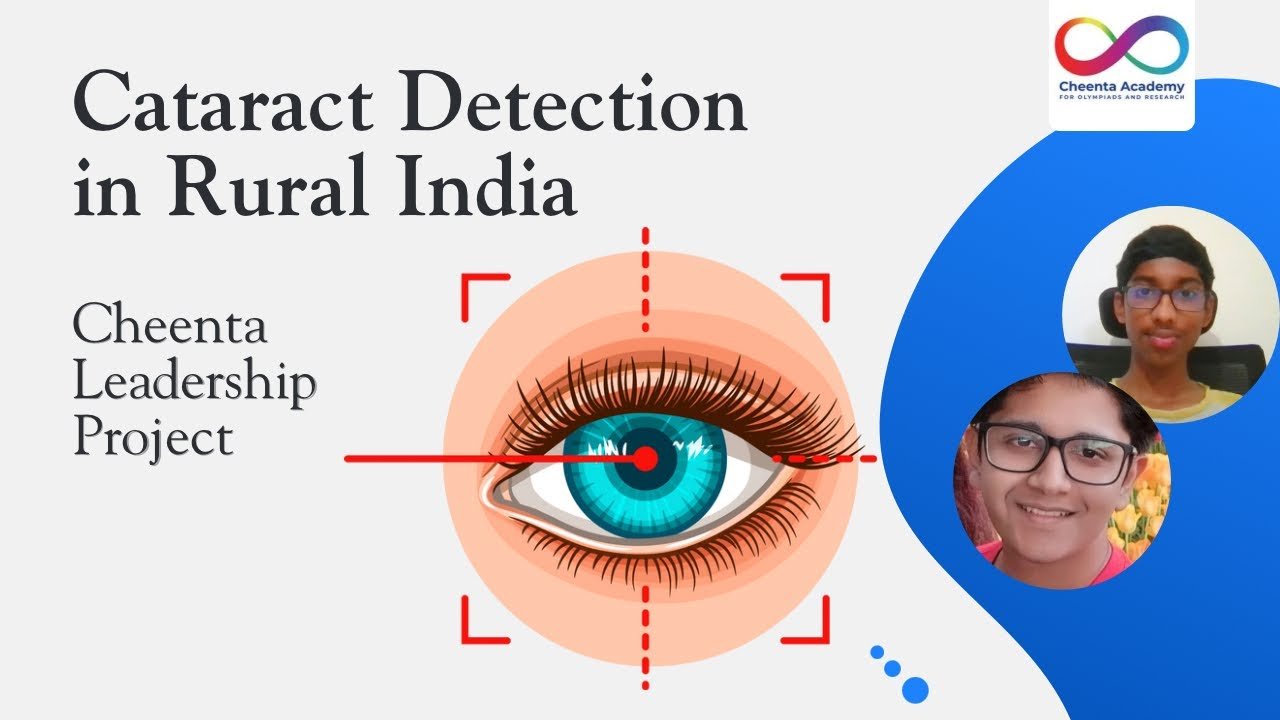Mid-Project Presentation: AI-Powered Mobile App for Early Cataract Detection
 Join Trial or Access Free Resources
Join Trial or Access Free Resources Join Trial or Access Free Resources
Join Trial or Access Free ResourcesThe project focuses on developing an AI-powered mobile application for early cataract detection, with a special focus on making vision care more accessible in rural and underserved areas.
In many remote villages, people must travel long distances just to get an eye check-up. This consumes time, money, and energy, and often delays treatment. Without timely detection, cataracts can worsen and even lead to blindness. Additionally, rural areas often lack well-equipped facilities or trained personnel.
The team’s mobile app offers a simple, affordable, and AI-driven solution. With just a smartphone camera, community health workers can capture eye images and receive real-time predictions about the presence of cataracts. This helps avoid unnecessary hospital visits and ensures early intervention.
A cataract is the clouding of the eye’s natural lens. It causes blurry vision, glare, and faded colors, and can lead to blindness if untreated. The team studied cataracts across stages (early, immature, mature) to build the dataset needed for AI training.
One challenge with AI models is dataset bias—models may learn irrelevant details like skin tone instead of eye features. To solve this, the team used Meta’s SAM 2 (Segment Anything Model) to precisely isolate the pupil. Their custom model, SAM CAT, is a lightweight CNN (Convolutional Neural Network), efficient enough for low-resource rural environments.
The app includes:
The team collaborated actively using VS Code Live Share, Google Meet, and WhatsApp discussions. Their learning journey included:
Looking ahead, the team plans to: